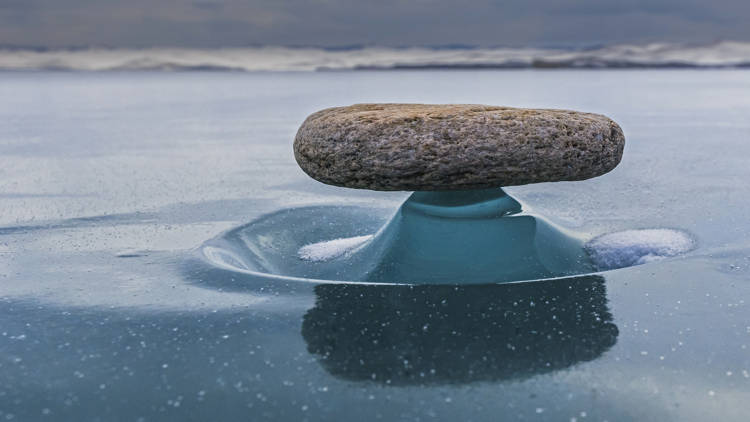Baikal Zen – Rare Phenomenon Makes Rocks Look Like They Are Floating Above Water

In winter, Siberia’s Lake Baikal becomes the scene of a rare natural phenomenon known as “Baikal Zen”. Large stones balance on thin ice “legs” above the surface of the lake, making it seem like they are floating in the air. Lake Baikal is a fascinating body of water. It’s so large it can easily be […]
The Baikal Ice Marathon – The Ultimate Winter Endurance Race

The Baikal Ice Marathon is one of the world’s toughest endurance challenges. Over the years, the one-of-a-kind event has seen participants from over 50 countries. These are athletes with a heart of steel – they race across a 42 kilometer course across the completely frozen surface of Baikal, the oldest and deepest freshwater lake on […]
